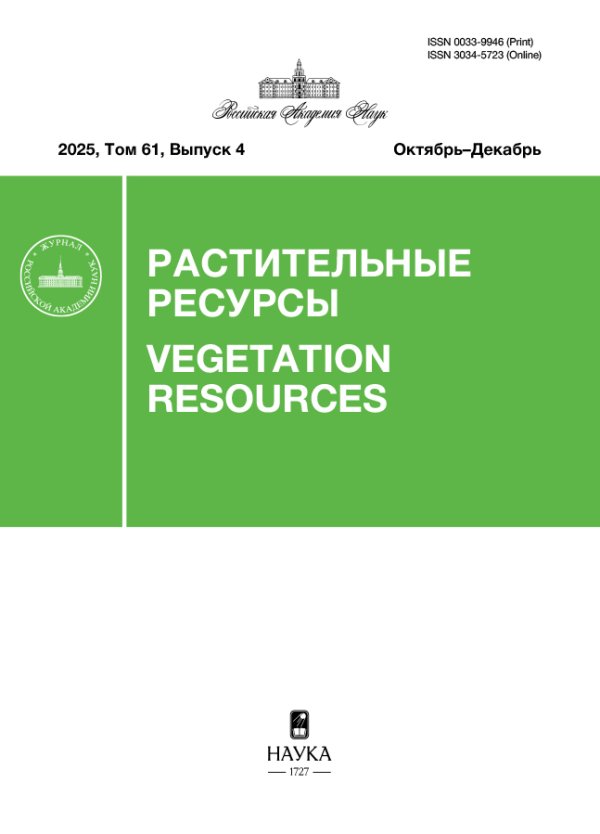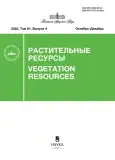Chosenia arbutifolia (Pall.) A. Skvorts.— is one of the most promising woody species for urban greening. The wide natural distribution area of this species (Eurasia) indicates the plant’s high tolerance to climatic factors. However, the current cultigenic range of the species is insignificant due to the complexity of both seed and vegetative reproduction. The purpose of this work is to study the biology of seed germination in several generations of C. arbutifolia, which has been growing in the Central Siberian Botanical Garden of the Siberian Branch RAS (CSBG SB RAS) for 40 years. C. arbutifolia was introduced to the CSBG SB RAS (Novosibirsk) in 1981 by G. P. Semenova as seedlings and juvenile plants grown from the seeds collected in nature (Zabaikalsky Territory). In 2001, seedlings of the second generation were obtained by ground sowing. In 2010—2012, two self-seeded individuals, originating from the second-generation plants appeared. Their seed material was used for the following experiments: studying the morphology of seeds, determining biological longevity, and the influence of storage conditions. The effect on the biology of seed germination of different fruit storage periods (freshly harvested, 20, 30, 300 days, 1—3.5 years of storage), under different conditions (23, 4, –18 °C) is described. Under introduction, in 2006—2024 plants of the second and third generation were blooming in late April—mid-May, and fruiting in early June — mid July. Self-seeding was observed in late June and early July. The fruit of C. arbutifolia is a paracarpous, multi-seeded, dehiscent bivalve capsule. One fruit contains 4 seeds, which have a hairy winged appendage. The spermoderum is transparent, single-layered, mucilaginous. The seeds are 3.15 ± 0.10 mm long, the cotyledons are oblong, make up 66—70 % of the seed length, their width is 26—36 % of their length. From plants of the third generation, self-seeding is more regular, annual, and successfully overwintered. There was no self-seeding in 2024. In 2020, freshly collected seeds germinated after 4 hours, and in 24 hours, the laboratory germination was 100 %. Dry storage of fruits at low temperatures for 1—3.5 years has a beneficial effect on maintaining seed quality. When fruits were stored at –18 °C, high germination remained after 3 years and 10 months of storage (above 90 %). The period before germination was extended to 1—2 days, the dynamics remained almost unchanged, viable seeds germinated in 1—3 days. The following features of the species adaptation to the conditions of introduction were determined: a shift in phenological phases to earlier dates (seed dispersal occurs from mid-June to mid-July, depending on weather conditions), the presence of massive winter-hardy self-seeding, and unpretentiousness of growth. The biological longevity of seeds when fruits are stored at 23 °C is 30 days, at 4 °C increases to 2 years (germination in the second year is 13—20 %). It is recommended to store seeds at –18 °C. The quality of seeds is probably affected by increased humidity during their maturation, laboratory germination of freshly harvested seeds is 18—44 %, and after 10 months of storage at 4 °C it decreases to 0—10 %. The low winter hardiness of seedlings and the influence of weather conditions during seed formation can be explained by the significant absence of young plants in natural conditions. The data obtained will make it possible to expand the cultigenic range of C. arbutifolia, the adaptive ability of the species determines its use in breeding and urban greening.
 3–26
3–26


 27-35
27-35


 36–52
36–52


 53–62
53–62


 63-70
63-70


 71–90
71–90


 91–109
91–109


 110-120
110-120


 121–128
121–128












